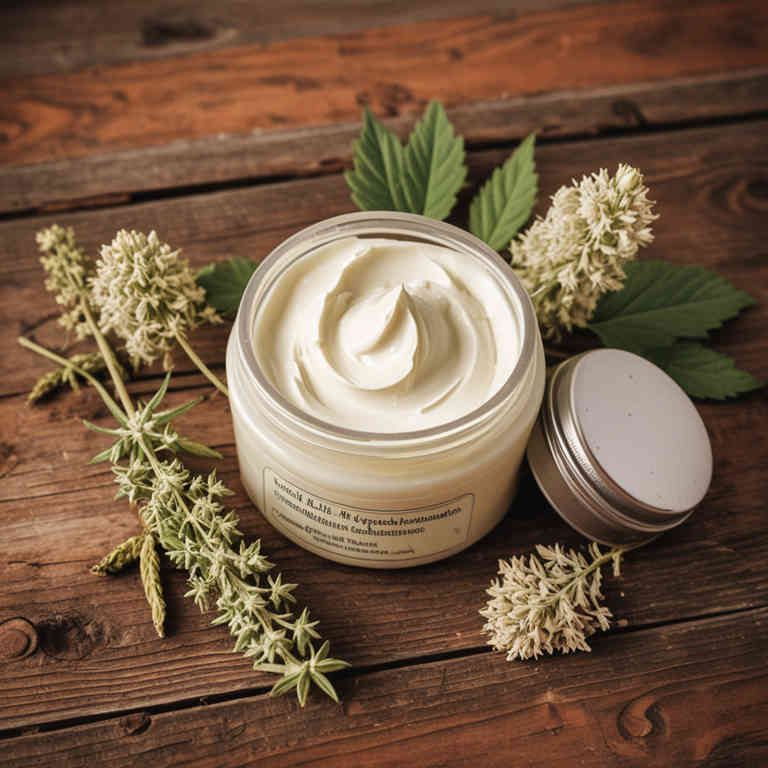Hydrastis canadensis cream for medicinal use

Hydrastis canadensis cream is a topical herbal preparation made from the rhizomes of the goldenseal plant, which is native to North America.
It is commonly used in herbalism for its antimicrobial, anti-inflammatory, and astringent properties. The cream is applied to the skin to treat conditions such as skin infections, acne, and minor wounds. It is also used to support digestive health when taken internally, though it is more commonly formulated as a cream for external use.
Due to its potency, it should be used with caution and under the guidance of a qualified herbalist.
Uses
Hydrastis canadensis cream has been used to treat a variety of skin conditions and infections due to its antimicrobial and anti-inflammatory properties.
Historically, it was utilized by Indigenous peoples of North America for its healing properties, particularly for wounds, skin infections, and as a digestive aid. In traditional medicine, the cream was also applied to treat acne, eczema, and fungal infections. Modern applications include its use in topical treatments for dermatological issues, although it is often derived from the root of the plant rather than the leaves.
Today, it is sometimes incorporated into natural skincare products, though its efficacy and safety require further scientific validation.
Benefits
Hydrastis canadensis cream has health benefits such as promoting skin health, reducing inflammation, and supporting wound healing.
It is derived from the goldenseal plant, which contains bioactive compounds like berberine. This cream may help in treating skin infections and reducing redness due to its antimicrobial and astringent properties. It is often used topically for conditions like eczema, psoriasis, and fungal infections.
However, it should be used with caution as it may interact with certain medications and is not recommended for long-term use.
Constituents
Hydrastis canadensis cream active constituents include berberine, hydrastine, canadine, and other alkaloids.
These compounds are known for their antimicrobial, anti-inflammatory, and astringent properties. Berberine, in particular, has been studied for its potential to support digestive health and immune function. The cream is often used topically to treat skin conditions such as eczema, psoriasis, and fungal infections.
Its natural ingredients make it a popular choice for those seeking herbal alternatives to conventional treatments.
Preparation
To make Hydrastis canadensis cream, start by harvesting fresh or dried Hydrastis canadensis (goldenseal) roots.
Grind the roots into a fine powder and steep them in a small amount of water or alcohol to create a tincture. Once the tincture is ready, mix it with a base of beeswax and purified water to form a stable cream. Allow the mixture to cool and solidify, then store it in a dark glass jar.
This cream can be used topically for its antimicrobial and anti-inflammatory properties, though it should be used with caution due to its potential toxicity.
Side Effects
Hydrastis canadensis cream may lead to gastrointestinal upset, including nausea, vomiting, and diarrhea, due to its high concentration of berberine.
It can also cause skin irritation or allergic reactions in some individuals, especially those with sensitive skin. Long-term use may lead to liver damage, as berberine has been associated with hepatotoxicity in rare cases. Additionally, it may interact with certain medications, such as those for diabetes or blood pressure, increasing the risk of adverse effects.
It is important to consult a healthcare provider before using this cream, especially for prolonged periods or in combination with other treatments.